From Ningxia geology to the new regional brand 'Ningxia Hong', here's the latest report on China's up-and-coming fine wine region in the wild northwest.
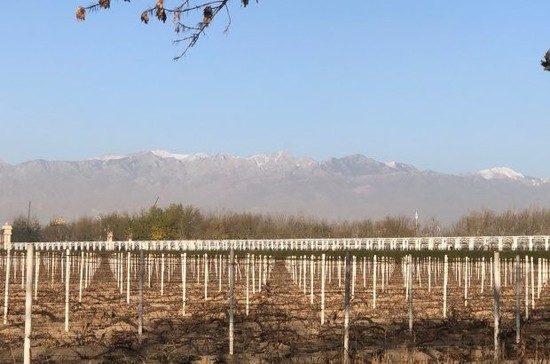
When we arrived at Copower Jade winery, first stop of our Ningxia visit, we were only in time to see local farmers picking the last batch of Petit Mangseng for their late-harvest sweet wine. Most vines, in early November, are already buried under the yellow earth. They will hibernate until the next spring.
Helan mountain stood quietly afar wearing a snowy cap, overlooking the Loess Plateau under the sandstorm-stained winter sky – exactly as I remembered it two years ago. But everything else is changing fast in this up-and-coming fine wine region in China…
Ningxia geology: Things you may not know
The wine planting area occupies the north tip of the Ningxia Autonomous Region, northwest China. Most of its vineyards are found in a narrow strip of land stretching 150km north to south. Viticulture became possible thanks to the Helan Mountain range to the west that provides shelter, and the Yellow River to the east, which serves as a water source. The region is generally steeper, more mountainous on the north and flatter on the south. Alluvial sand and gravel (rock) occupy the lands closer to the mountain, and clay on the plain.
Ningxia has a reputation for its plentiful sunshine – over 3100 hours of sunshine and over 200 frost-free days per year, according to statistics from the Ningxia wine bureau – or the ‘Administrative Committee of the Grape Industry Zone of Helan Mountain East Foothills’.
The climate is extremely continental – short and hot summers are moderated by high altitude (with some vineyards sit 1200m above sea level) and cool nights, which help to slow down the ripening process and retain acidity. Winter in Ningxia is long and harsh, producers need to bury their vines early November then dig them out in March next year, adding extra costs to the production.
‘Vine burying takes up to 30% of our annual costs in vineyard management,’ said Zhang Jing of Helan Qingxue vineyard. It takes 150 people to do 35 hectares in 1.5 weeks, we were told.
Ningxia is arid, with only 200mm annual rainfall. Irrigation via the Yellow River is a must; though the advanced Israeli drip irrigation systems installed in those shiny new estates are the most talked about, flood irrigation is also common here.
There is however a limit to how much water the region can take from China’s ‘Mother River’, as provinces downstream also rely on its supply, said Chinese wine authority Professor Li Demei.
In order to reduce the expenses on water supply, many producers dig wells and build reservoirs. Also in order to fulfil environmental protection requirements from the central government, there is an increasing number of producers, including Chateau Miqin, Helan Qingxue and Kanaan, investing into wastewater treatment and recycling facilities, according to Ningxia wine bureau.
Click to read the full article on Decanter Premium >>

All rights reserved by Future plc. No part of this publication may be reproduced, distributed or transmitted in any form or by any means without the prior written permission of Decanter.
Only Official Media Partners (see About us) of DecanterChina.com may republish part of the content from the site without prior permission under strict Terms & Conditions. Contact china@decanter.com to learn about how to become an Official Media Partner of DecanterChina.com.


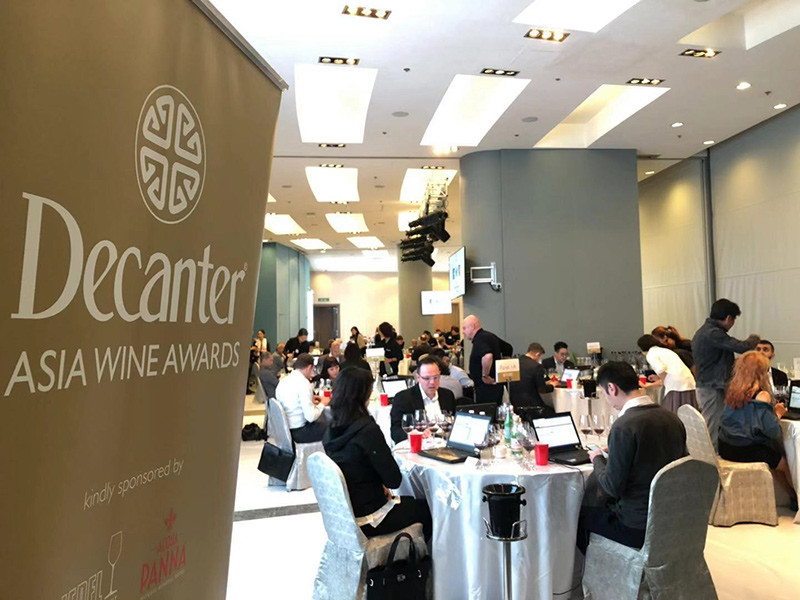
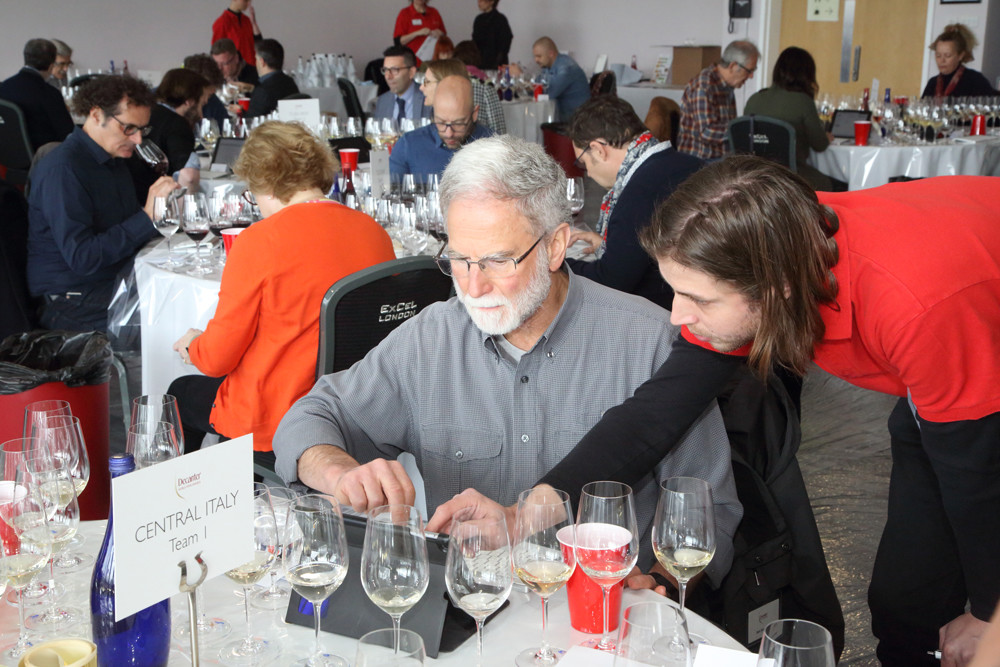
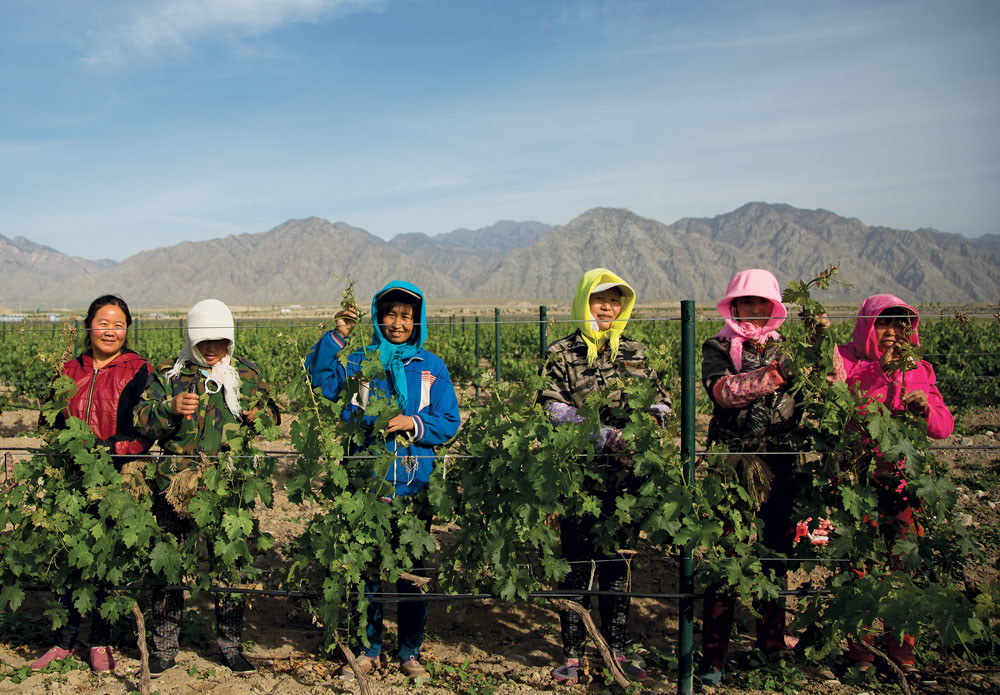
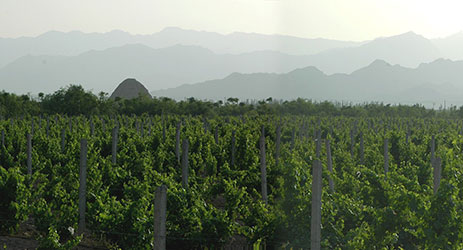
Comments
Submit